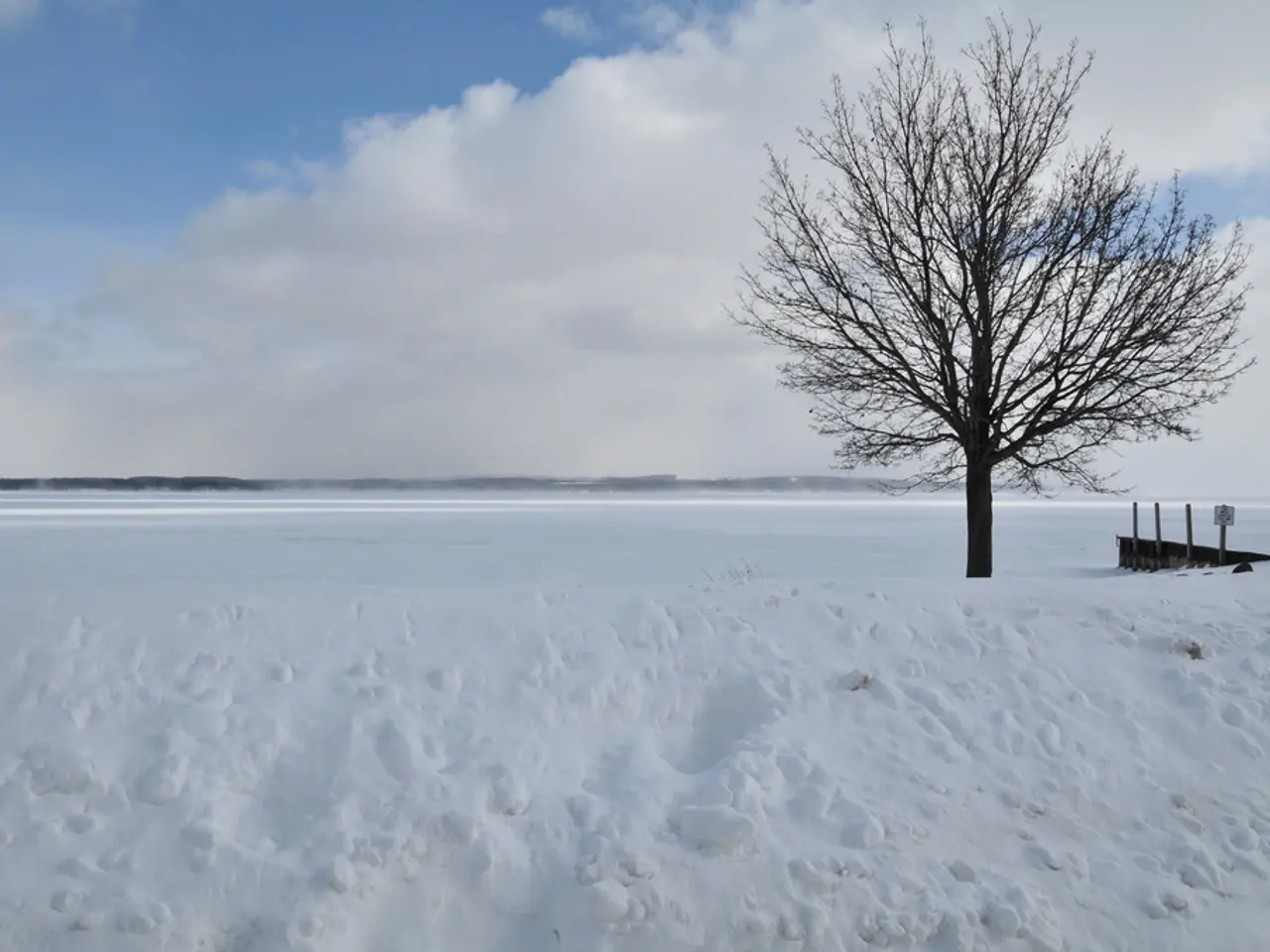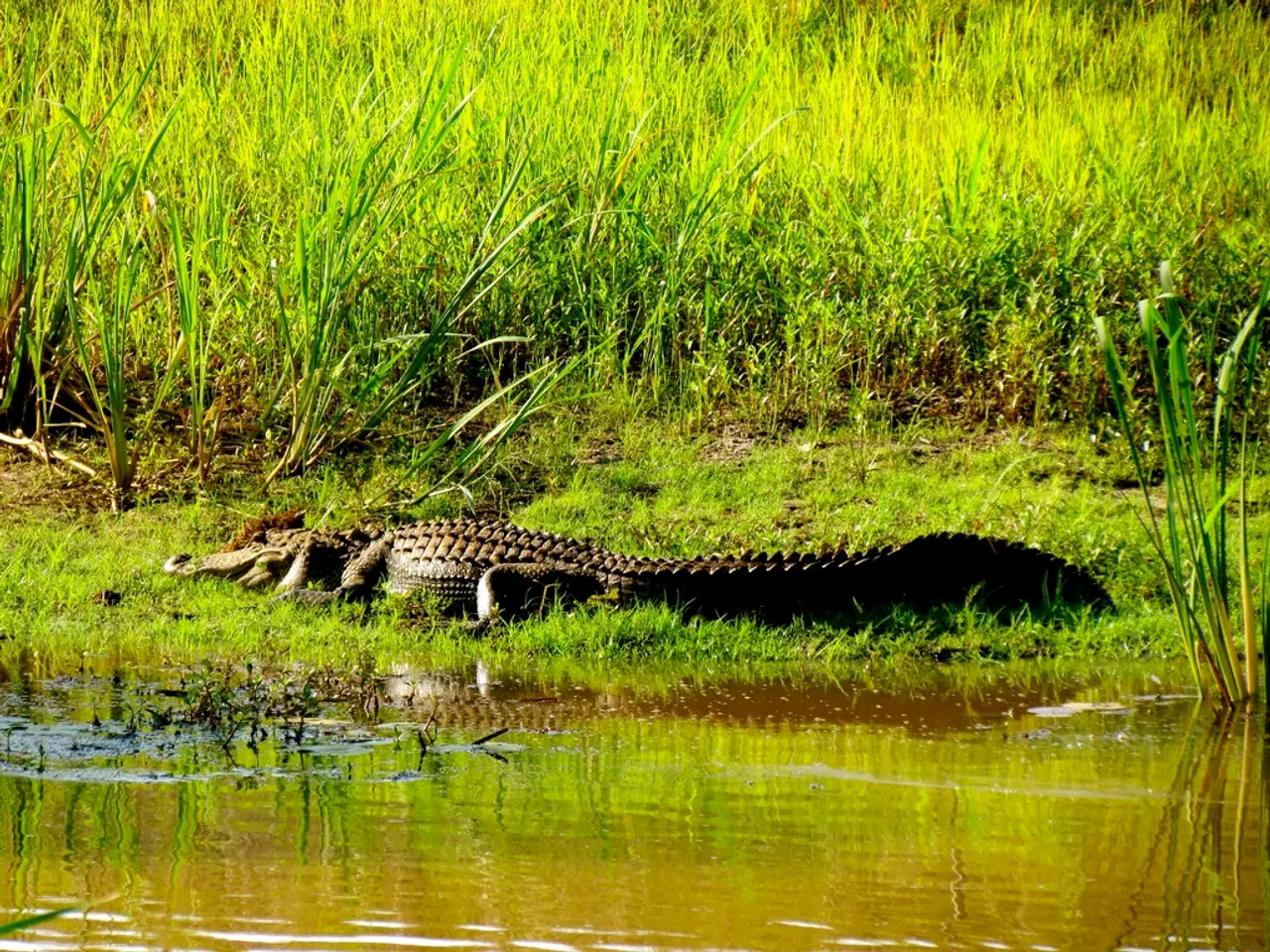Exploring Outdoor Weather Studies During the Spring Season
Spring is here, and it's time to embrace the sunshine, rain showers, and occasional storms! This season offers a wealth of opportunities for children to learn about weather science in a fun and interactive way. Here are some hands-on activities that will make spring weather education a delightful experience.
**1. Weather Chart**
Encourage your little ones to create a daily weather chart where they observe and record weather conditions using symbols like sun, clouds, or raindrops. This activity not only builds observation skills but also helps children recognise weather patterns over time, fostering a deeper understanding of the seasons.
**2. Tornado in a Bottle**
Using a mason jar filled with water and a bit of dish soap, children can create a swirling vortex by spinning the jar. This simulation of a tornado visually demonstrates the concept of vortices and air currents in a safe and entertaining manner.
**3. Cloud in a Jar**
By combining hot water, ice, and a jar, kids can witness cloud formation through condensation. This experiment helps them understand how water vapor turns into clouds, a fundamental process in the water cycle.
**4. Study Wind Vanes**
Making a homemade wind vane is a great way to learn why it points from the direction the wind is blowing, not towards it. This activity teaches children about wind directions, physics, and how wind vanes help predict weather changes like thunderstorms.
**5. Germinate Seeds and Plant Outside**
Spring is the perfect time to germinate seeds and watch them grow. Kids can participate actively in gardening and see the magic of life, as well as the role weather plays in plant health.
**6. Water Cycle and Rain Cloud Experiments**
Simple experiments such as creating a rain cloud in a jar or building a Lego water cycle model introduce children to the water cycle, which is crucial for understanding spring weather.
These activities combine observation, hands-on experiments, and natural phenomena to make spring weather science accessible, fun, and educational for children.
**Bonus Activities**
- A DIY homemade weather station can be created with tools like a rain gauge, thermometer, and wind vane. - The water cycle in a bag experiment models evaporation, condensation, and precipitation. - A lightning static electricity experiment creates mini lightning sparks to model how lightning happens in thunderstorms. - Spring weather also brings pollen from flowers and trees, promoting pollination, and often results in rainbows after rain showers due to sunlight reflecting off water droplets.
So, grab your raincoats, wellies, and science kits, and let's dive into the world of spring weather science!
[1] Kidzworld, (2021), Spring Weather Science for Kids, [Online], Available: https://www.kidzworld.com/article/251639-spring-weather-science-for-kids
[2] Science Buddies, (2021), Spring Weather Science Activities for Kids, [Online], Available: https://www.sciencebuddies.org/science-fair-projects/project_ideas/Weather_p016/weather-science-projects/spring-weather-science-activities-for-kids
[3] Education.com, (2021), Spring Science Experiments for Kids, [Online], Available: https://www.education.com/science-fair/article/spring-science-experiments-for-kids/
[4] TinkerLab, (2021), Spring Science Activities for Kids, [Online], Available: https://www.tinkerlab.com/spring-science-activities-for-kids/
- Utilizing a daily weather chart, kids can observe and record weather conditions, fostering observation skills and recognizing weather patterns over time.
- With a mason jar, children can create a tornado simulation, demonstrating vortices and air currents through a swirling vortex.
- By combining hot water, ice, and a jar, kids can witness cloud formation through condensation, helping them understand how water vapor turns into clouds.
- Making a homemade wind vane allows children to learn about wind directions and the physics behind wind vanes, helping predict weather changes like thunderstorms.
- Germinating seeds and planting them outside during spring time encourages kids to participate actively in gardening, understanding the role weather plays in plant health.
- Spring weather experiments, such as creating a rain cloud in a jar or building a Lego water cycle model, introduce children to the water cycle, crucial for understanding spring weather.
- Crafting a DIY homemade weather station with tools like a rain gauge, thermometer, and wind vane allows children to explore and study weather conditions hands-on.
- The water cycle in a bag experiment demonstrates evaporation, condensation, and precipitation, helping children visualize the water cycle.
- Engaging in a lightning static electricity experiment creates mini lightning sparks, teaching kids about thunderstorms and the formation of lightning.







